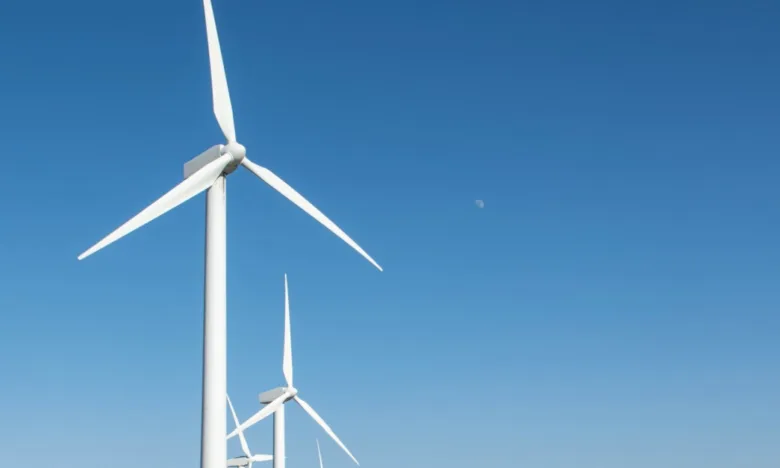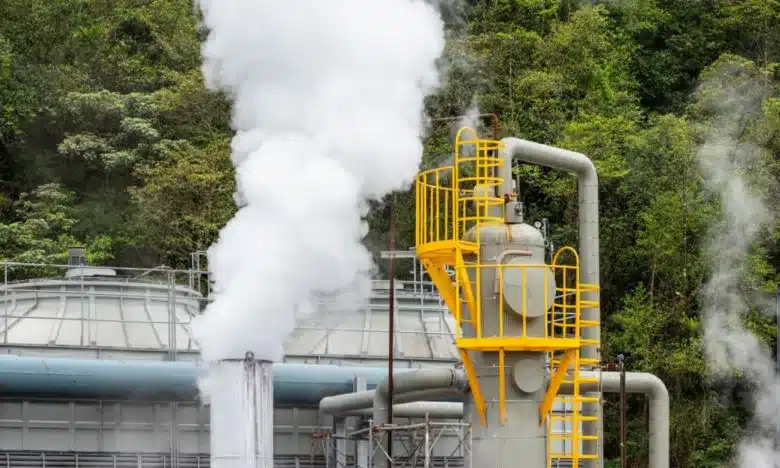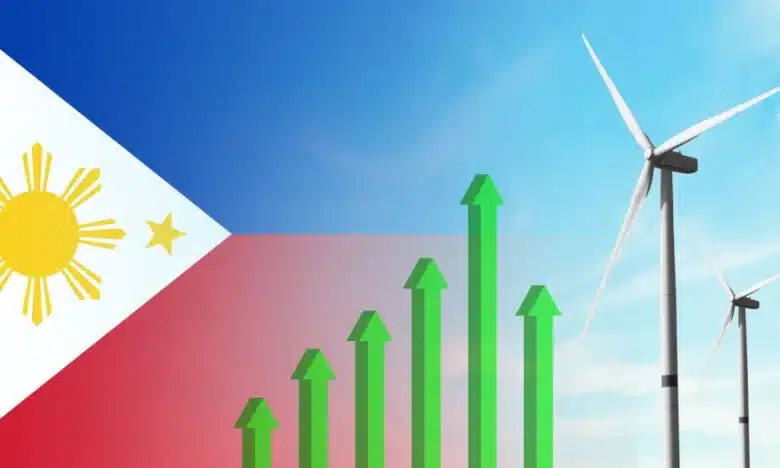
Why Coal Remains Essential for Energy Security
- May 14, 2025
San Miguel Global Power (SMGP) is backing a ₱50-billion loan to boost its Bataan-based subsidiary, Mariveles Power Generation Corporation (MPGC).
While the specific use of funds was not detailed, MPGC is currently pursuing a major expansion of its 600-megawatt (MW) Bataan coal facility. The project involves adding two new 300-MW units—bringing total capacity to 1,200 MW—targeted for completion by 2029.
Earlier, SMGP said it is advancing both new power projects and acquisitions of existing plants, aiming to balance reliability, cost-efficiency, and environmental impact. It sees clean coal and LNG as practical options for future developments, while also exploring renewable ventures like hydro and solar, pending feasibility results.
Another major coal project in the works is Meralco’s 1,200-MW Atimonan plant in Quezon. However, the Department of Energy (DoE) withdrew its previously granted exemption from the coal moratorium just hours after granting it.
Meralco PowerGen (MGen), through its unit Atimonan One Energy, is now seeking clarification on the agency’s decision.
MGen President Emmanuel Rubio said the DOE was informed that the exemption would be a key step ahead of the company’s board review scheduled for June. “We were aiming to deliver this late 2029 early 2030, in time also for us to participate in the baseload capacity auction that the DOE is planning for December,” he explained.
Rubio added that MGen has agreed to the conditions outlined in Atimonan’s permits, including a commitment to transition the plant away from coal by 2050.
(Also read: Are Electric Co-ops Worth the Taxpayers’ Money?)
Why coal remains essential
Meralco emphasized the importance of power projects as “critical baseload facilities essential to ensuring the delivery of reliable and affordable electricity to consumers.”
Still, tensions remain between Meralco and the DoE, triggered by criticisms from Energy Assistant Secretary Mario Marasigan over delays in Meralco’s power supply agreement (PSA) with Excellent Energy Resources Inc. (EERI), which is developing a 1,275-MW natural gas plant set to deliver power by December 2024.
DoE Assistant Secretary Mario Marasigan pointed to delays in testing at EERI’s plant as a factor in Meralco’s rising reliance on the spot market.
In response, Meralco dismissed the link between PSA delays and higher Wholesale Electricity Spot Market (WESM) prices, attributing the price spike to a broader lack of new baseload power in the Luzon grid.
“The obvious and main cause for high WESM prices is the lack of supply or lack of new capacity in the grid,” Meralco stated. “The issues in EERI’s testing and commissioning would not have much significant effect on the grid’s reliability had there been other new baseload power plants that were already built and online.”
Meralco also highlighted that recent grid additions have largely been solar, which is unavailable at night, driving up prices during peak demand. Additionally, many existing plants are over 20 years old and prone to unscheduled outages, further exacerbating the issue.
Previously, DoE echoed this concern, even as it touted a 794.34-megawatt boost in renewable energy capacity in 2024.
“We still have a growing economy to support, and our RE (renewable energy) power plants are still to be built,” DoE Assistant Secretary Rowena Guevara stated. With solar and wind delivering capacity factors of just 20 to 30%, they fell short of providing the steady power supply needed to support the country’s near-term growth target of at least 6%.
“We are looking at the possible criteria for these types of coal plants, which include a requirement that the end user is a single mining company and must supply to essential industries in the renewable energy supply chain, and complete stop of the coal plant by 2050,” Guevara explained. “Again, it can be part of our energy transition.”
Guevara further stated that retiring coal plants must be replaced with sources capable of delivering consistent baseload or mid-merit output. “If the replacement is a variable RE plant, it needs to be supported by an energy storage system. The added ESS means additional cost,” she said.
Experts weigh in on coal’s relevance
The National Economic and Development Authority (NEDA) is optimistic that the Philippines can achieve upper-middle-income status by 2026, with sustained 6% GDP growth in 2025 and 2026.
Currently, the country’s GNI per capita stands at $4,230, just below the World Bank’s threshold for upper-middle-income countries, which ranges from $4,516 and $14,005. Additionally, the Philippines fell short of its target with a 5.6% GDP growth in 2024.
In his article, columnist Boo Chanco stated that the Philippines generates just 1,008 kilowatt hours (kWh) of electricity per person—well below the 5,222 kWh average for upper-middle-income nations. Within ASEAN-5, it trails behind Indonesia, Thailand, Malaysia, and Singapore, reflecting a clear link between energy use and GDP per capita, where the Philippines also ranks lowest.
“Energy security is a major hindrance to our sustainable economic growth and development,” Chanco wrote.
Meanwhile, Bienvenido Oplas Jr., president of Minimal Government Thinkers, praised the Atimonan coal project. “Coal power is among the important workhorses of the industrialized countries in the west and the new economic dragons in East Asia that helped in their fast economic growth and improved well-being of their people,” he wrote.
According to Oplas, coal generation in 2024 reached 125.6 terawatt-hours (TWh) in Australia, 738.4 TWh in the US, and 304.4 TWh in Japan—significantly higher than the Philippines’ 73.8 TWh, underscoring the country’s relatively modest coal use despite rising demand.
“The constant pressure — if not bullying — by various groups who say that the Philippines should retire its coal plants early and shut them down is based on the fanatical belief that decarbonization and degrowth is good for our people,” he mentioned. “This is wrong.”
Oplas argued that the push for energy transition overlooks the realities of developing economies, stressing that coal, gas, and nuclear remain the most dependable and cost-effective options for countries like the Philippines.
Furthermore, a Philstar article mentions that “coal-fired power plants are typically regarded as the cheapest among the scheduled base load generation facilities that can operate continuously and provide consistent power to meet the base demand of the grid.”
According to the International Energy Agency (IEA), “The (ASEAN) region continues to have robust economic growth prospects, accompanied by numerous coal-fired power plants currently under construction.”
As of 2023, over two million households in the Philippines still lack electricity, prompting plans for more coal-fired power plants to come online within the next three years. Guevara clarified that these projects were approved before the coal moratorium was implemented in late 2020, which halted the processing of new coal facility applications.
(Also read: Empowering Energy: The Role of Consumer Rights)
Bottom Line
The ongoing debate over coal-fired power plants in the Philippines highlights the delicate balance the country must strike between economic growth and environmental responsibility. While renewable energy sources are increasing, their intermittent nature and low capacity factors raise concerns over the country’s ability to meet rising electricity demands.
With major coal projects still in progress, such as the Mariveles and Atimonan plants, the Philippines faces a pressing need to ensure that its energy infrastructure can meet future demands while supporting its economic goals.
According to the DoE, the Philippines’ energy mix differs from that of more developed countries due to demographic, economic, and energy factors. As of January 2024, coal power capacities were much lower in the Philippines (12.1 gigawatts) compared to China (1,136.7 GW) and Indonesia (51.6 GW).
Despite coal’s dominance, the Philippines’ global emissions are minimal. In 2022, China led with 29.2% of global emissions, Indonesia contributed 2.3%, while the Philippines accounted for only 0.5%.
Public analyst Terry L. Ridon stated that developing nations like the Philippines are not obligated to commit to binding climate and renewable energy goals. “At our current stage of economic development and limited land areas for food production, the nation cannot yet dispense with baseload technologies such as coal, oil, and gas, without incurring significant energy costs detrimental to the public,” he wrote.
Sources:
https://powerphilippines.com/smgp-backs-php-50b-loan-for-mariveles-coal-plant-operations/
https://manilastandard.net/business/314580342/mariveles-power-secures-p50-b-loan.html
https://business.inquirer.net/519810/energy-gap-flagged-amid-meralco-eeri-supply-agreement-setback
https://insiderph.com/uploads/files/32/MERALCO%20PRESS%20RELEASE%20ON%20PSAs.pdf
https://bilyonaryo.com/2025/02/17/does-balancing-act-coals-role-in-the-energy-transition/brand-news/
https://www.bworldonline.com/opinion/2024/09/19/622417/the-atimonan-coal-project-energy-transition-and-the-erc/
https://legacy.doe.gov.ph/announcements/2023-2032-national-total-electrification-roadmap
https://www.philstar.com/business/2025/01/05/2411853/philippines-soaring-power-demand-triggers-rise-coal-use
https://qa.philstar.com/business/2025/01/31/2418032/economy-grows-56-2024
https://www.philstar.com/business/2024/12/16/2407600/still-struggling-always
https://www.bworldonline.com/corporate/2024/01/29/571634/renewables-unlikely-to-top-coal-in-phl-energy-by-2025-analysts/



